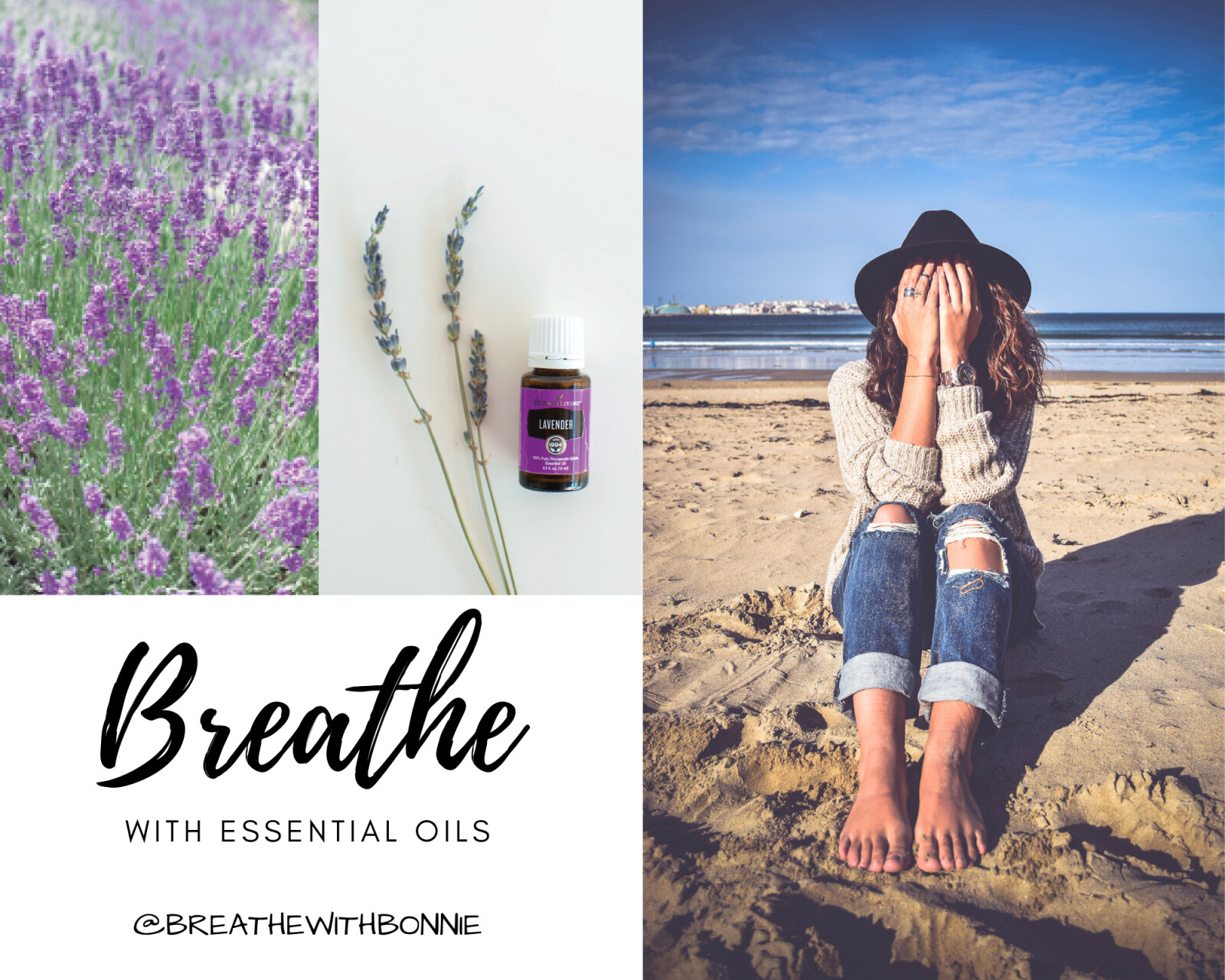
We as humans tend to spend a lot of time in our sympathetic nervous system (your fight, flight or freeze state). We are stressed, anxious and overwhelmed with everyday tasks. A simple way to help activate its counterpart (the parasympathetic nervous system) is to breathe slowly. Breathing slowly is extremely beneficial on it’s own and I encourage you to do this several times a day, but when you couple this with essential oils, you have a master plan that may help you release happy hormones like serotonin and dopamine and calm your nervous system in a flash.
The seat of our emotions lies in the limbic system (our emotional brain). When you inhale essential oils, it takes only seconds to reach our limbic system and can have an instant calming effect.
So make besties with your parasympathetic nervous system and get those happy and calming vibes flowing! Ok, so exactly how do I do this Bonnie?? I thought you’d never ask...
Here are a couple of techniques for breathing with essential oils.....
🌸 Find a quiet spot.....and if the only quiet spot you have is your car, or the bathroom, I’m not judging you....
🌸 Grab your favourite calming essential oil(s). See examples below for tips on which calming oils to use.
🌸 Now you have a choice here.....pick which one you are most comfortable with:
- 🌸 Place a drop of essential oil on the palm of your hand and rub your hands together for a few seconds to disperse the oil. Bring your palms in front of your nose. Close your eyes (if you’re comfortable) and inhale and exhale slowly.
- OR
- 🌸 Open the bottle of essential oil and bring the open bottle in front of your nose. Close your eyes (if you’re comfortable) and inhale and exhale slowly.
🌸 Keep breathing for at least a minute or two.
🌸 Notice what happens. You may begin to feel more relaxed, have some inspiration or new mindsets rolling in and you may even notice tension or tightness in your body begin to subside.
🌸 You should hopefully start to feel better....you’re welcome 💕
Another great tip for using essential oils aromatically, is by diffusing them. This is an easy way to infuse the room with calming oils. And since you’re already breathing (thanks to our autonomic nervous system that puts breathing on auto pilot), you can benefit from this for hours! Of course, you can mindfully take deep breaths in the room where you are diffusing your oils as well.
Below are just a few suggested calming essential oils to use for these breathing practices:
Frankincense, Lavender, Northern Lights Black Spruce, Stress Away, Peace and Calming, Cedarwood, Sandalwood.
One thing to keep in mind when using essential oils is to ensure you are using 100% pure essential oils from a trusted source. I cannot stress this enough. Our brains are super sensitive and since you are breathing in these oils and the scents go into the olfactory part of your brain, you do not want to be breathing in chemicals, synthetics or toxins that are often found in many essential oil brands.
If you are interested in learning more about 100% pure and quality essential oils, contact me for more information.
Now go grab your oil(s) and make friends with your parasympathetic nervous system already. Enjoy the calm and serenity from this breathing practice.
xo,
Bonnie
By the way...if you liked this post, click the link below to get access to my FREE Yoga Nidra Guided meditation for relaxation.
*Please note: relaxation and meditation practices may cause you to experience upsetting memories or difficult emotions. While these practices can be a beneficial way to release these emotions and memories, it is important that you check with your health care provider before starting a relaxation/meditation practice if you feel you may have difficulties processing memories and emotions should they come up during practice.
The information presented here is for entertainment and informational purposes only. The information in this post is subject to interpretation and is an expression of opinion. It is not intended for, and does not replace professional, medical, legal, business, and/or health related opinions and advice. It is not a substitute for counselling or any other type of therapy, or medical advice from qualified professionals.
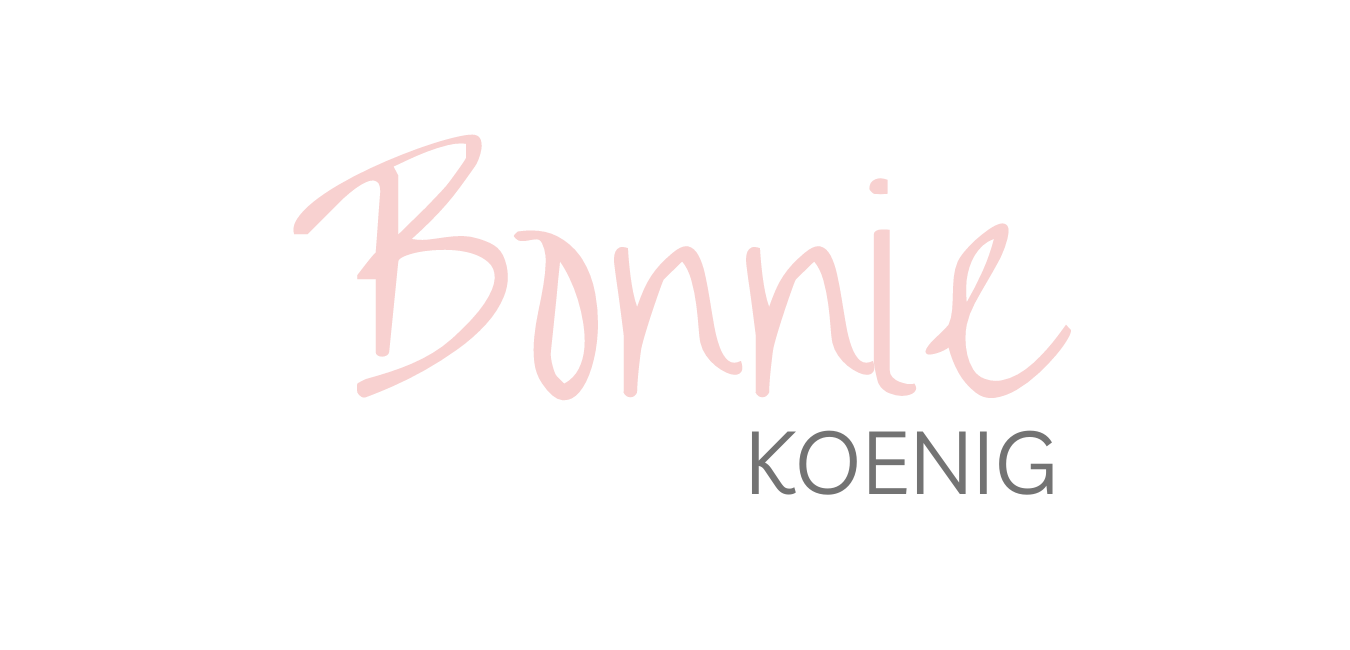

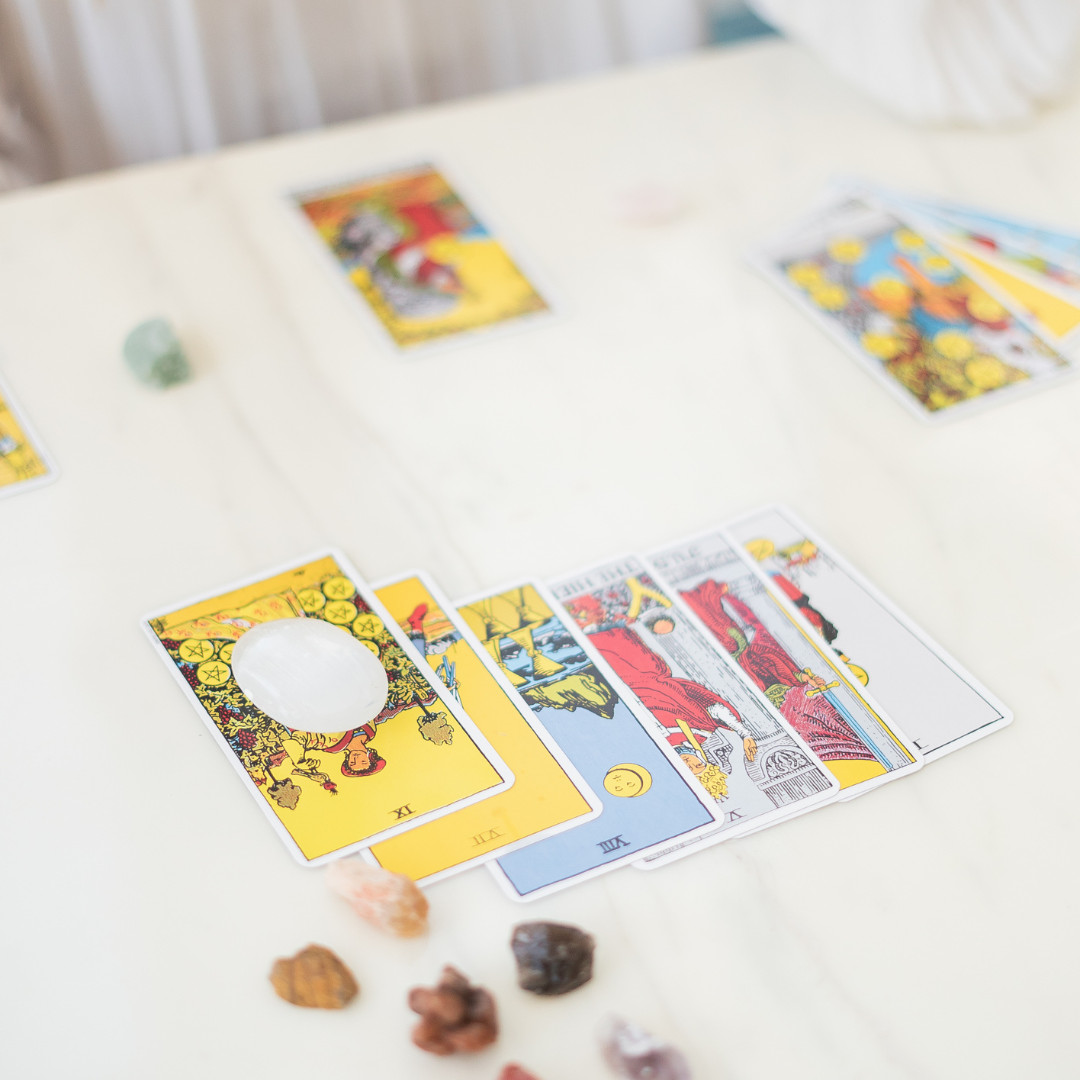
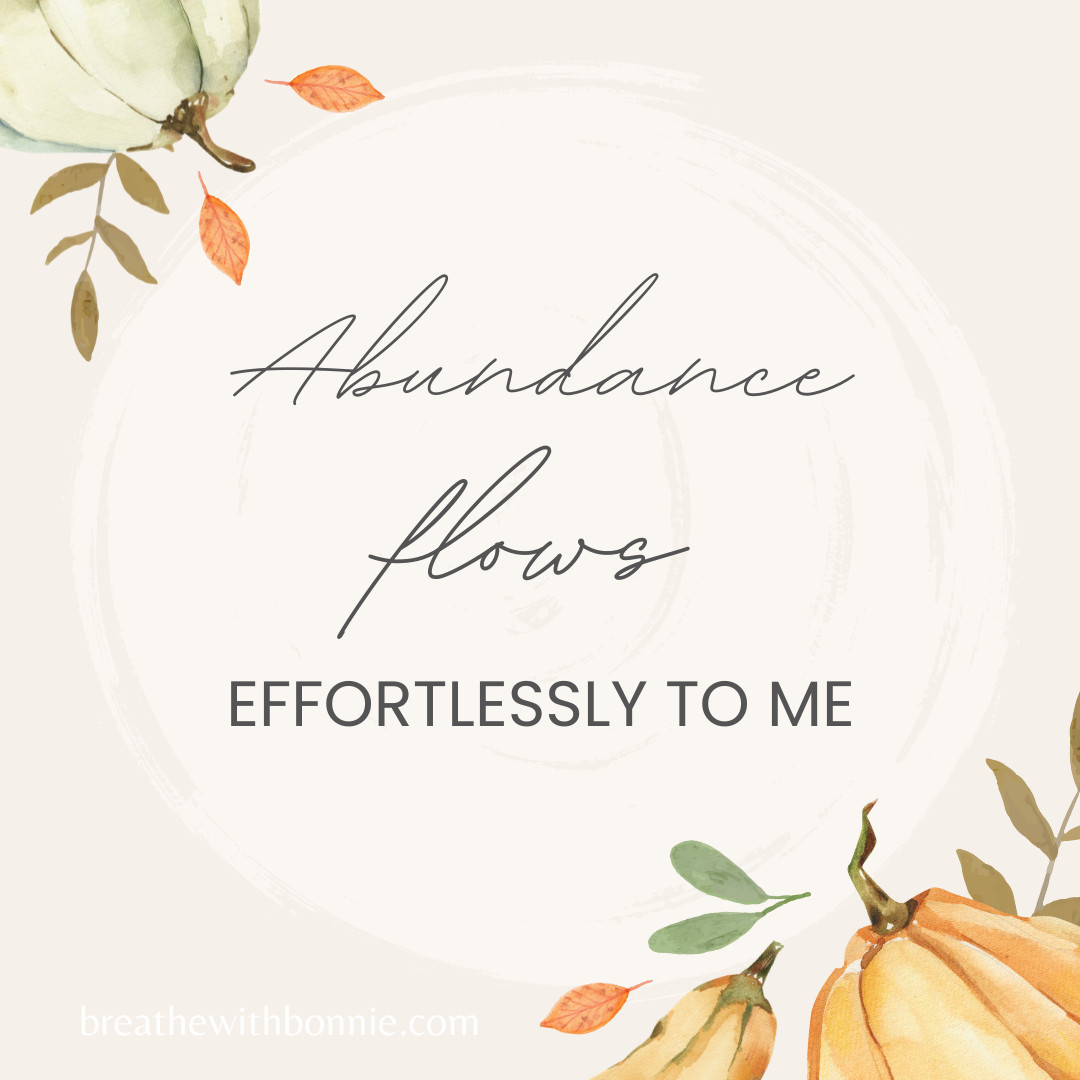
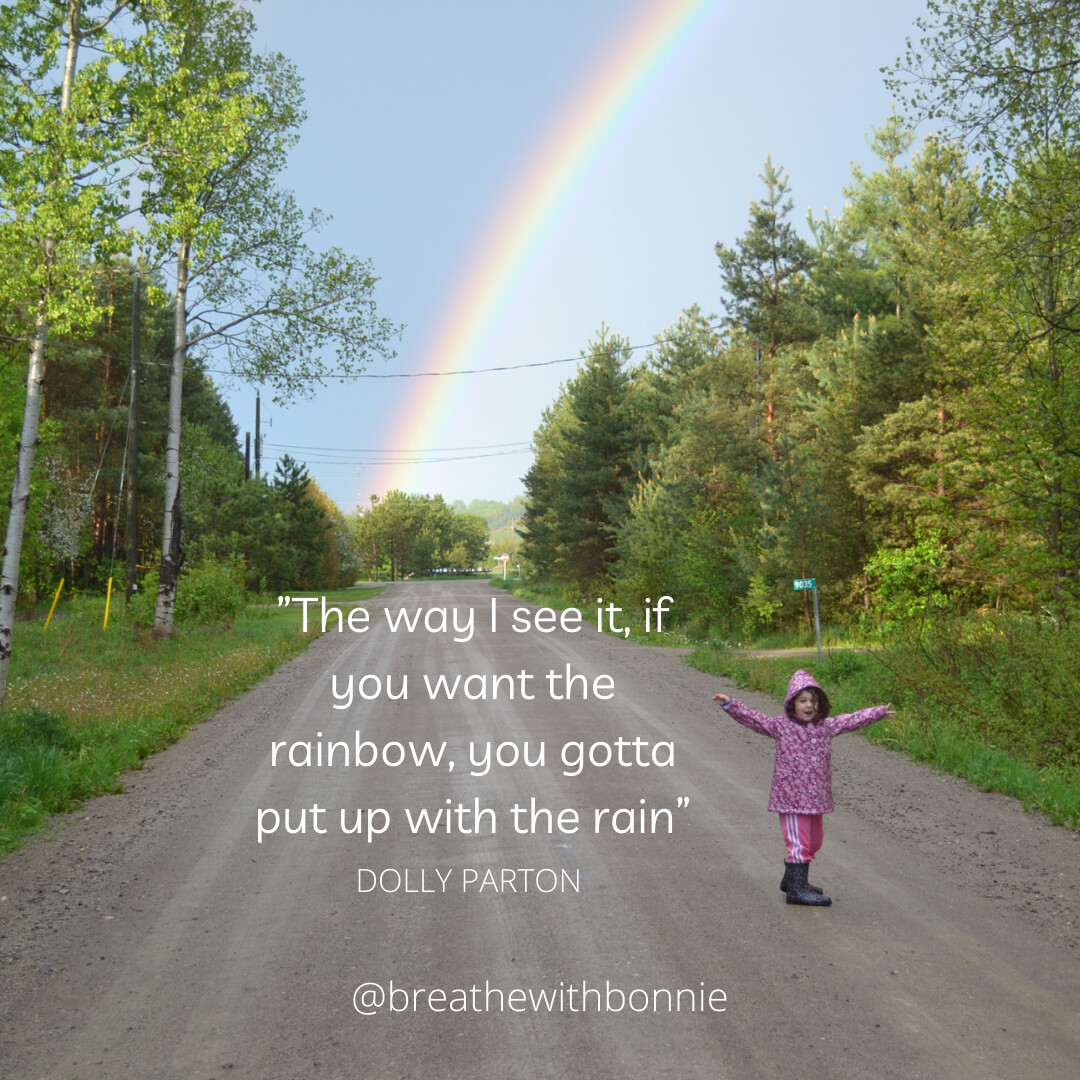
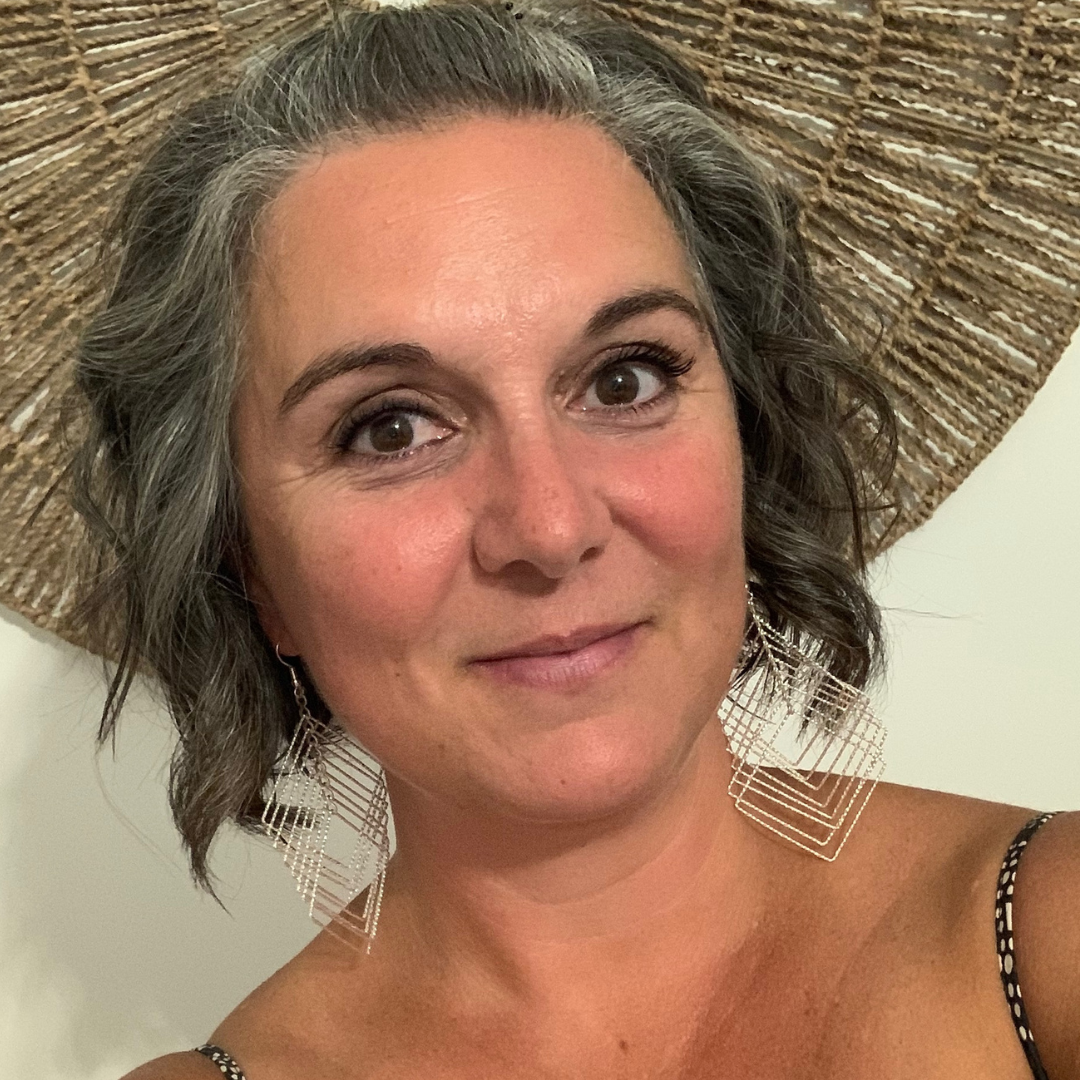



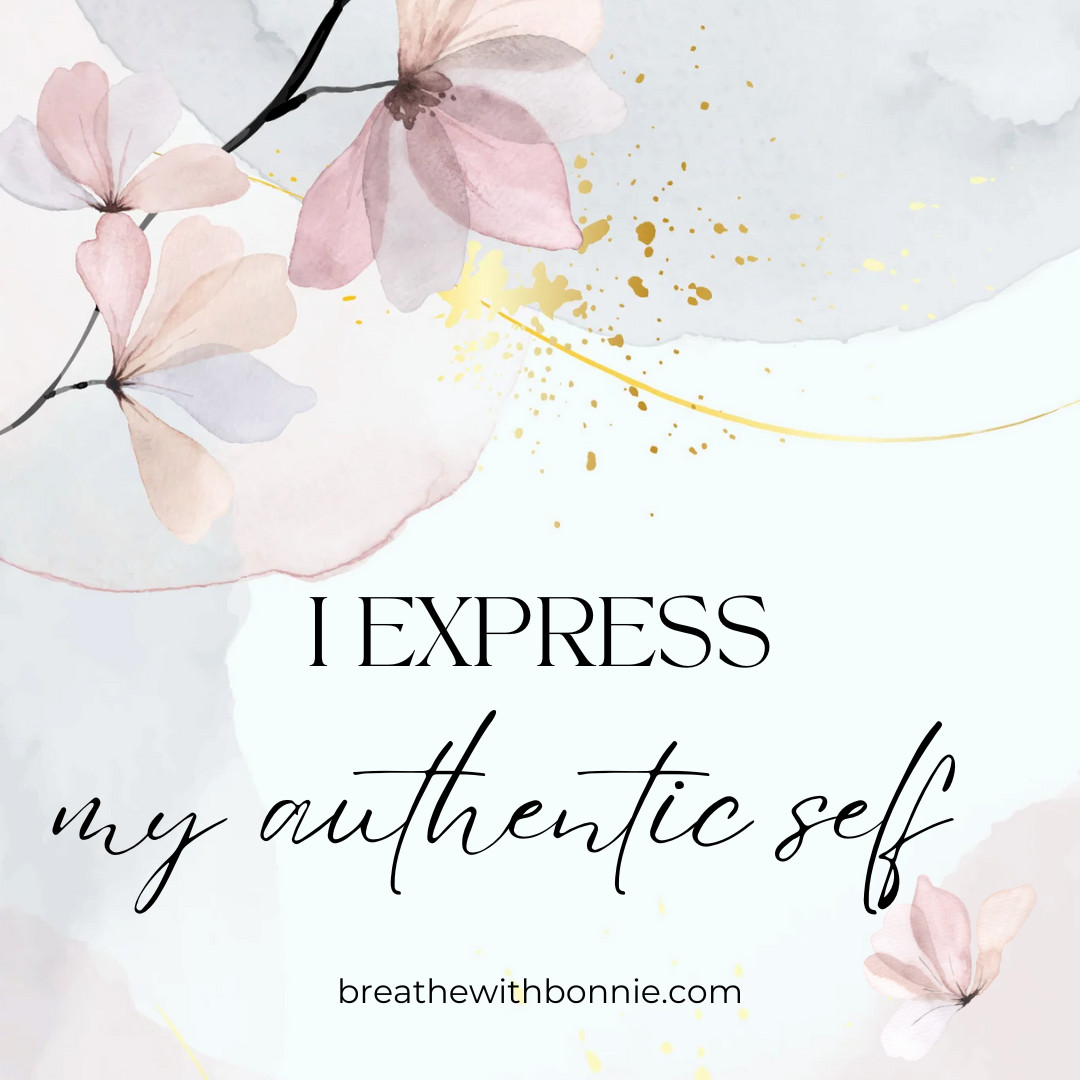
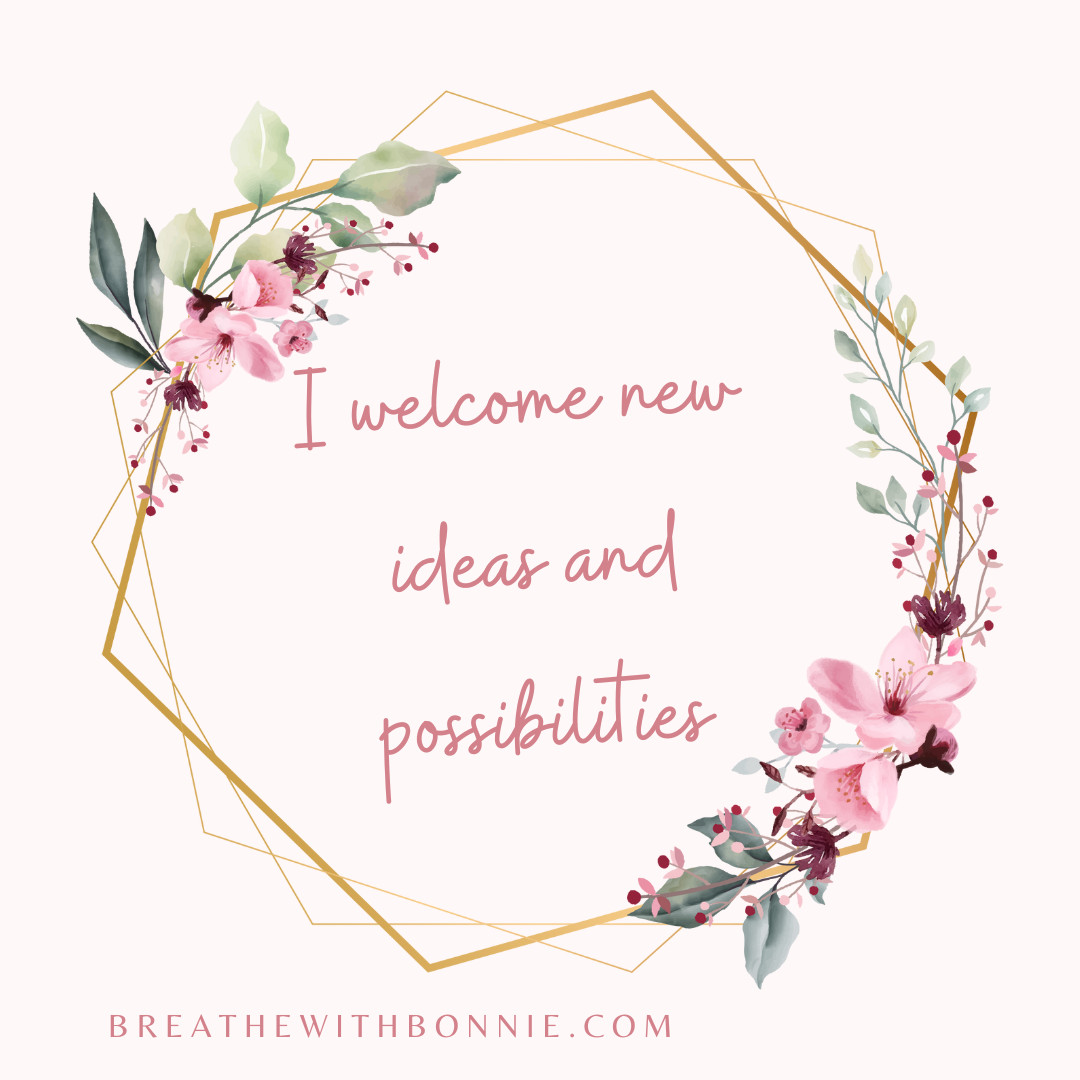
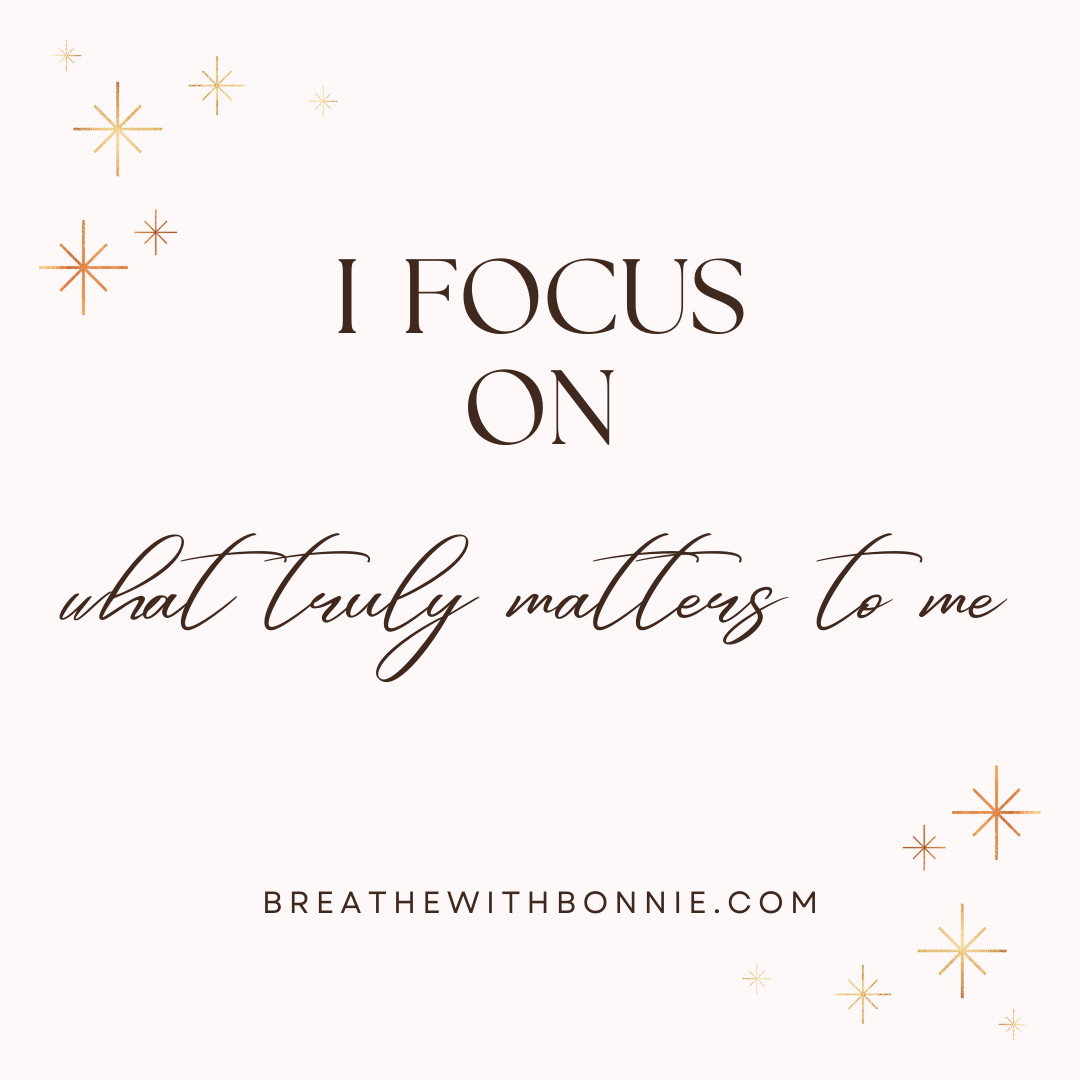
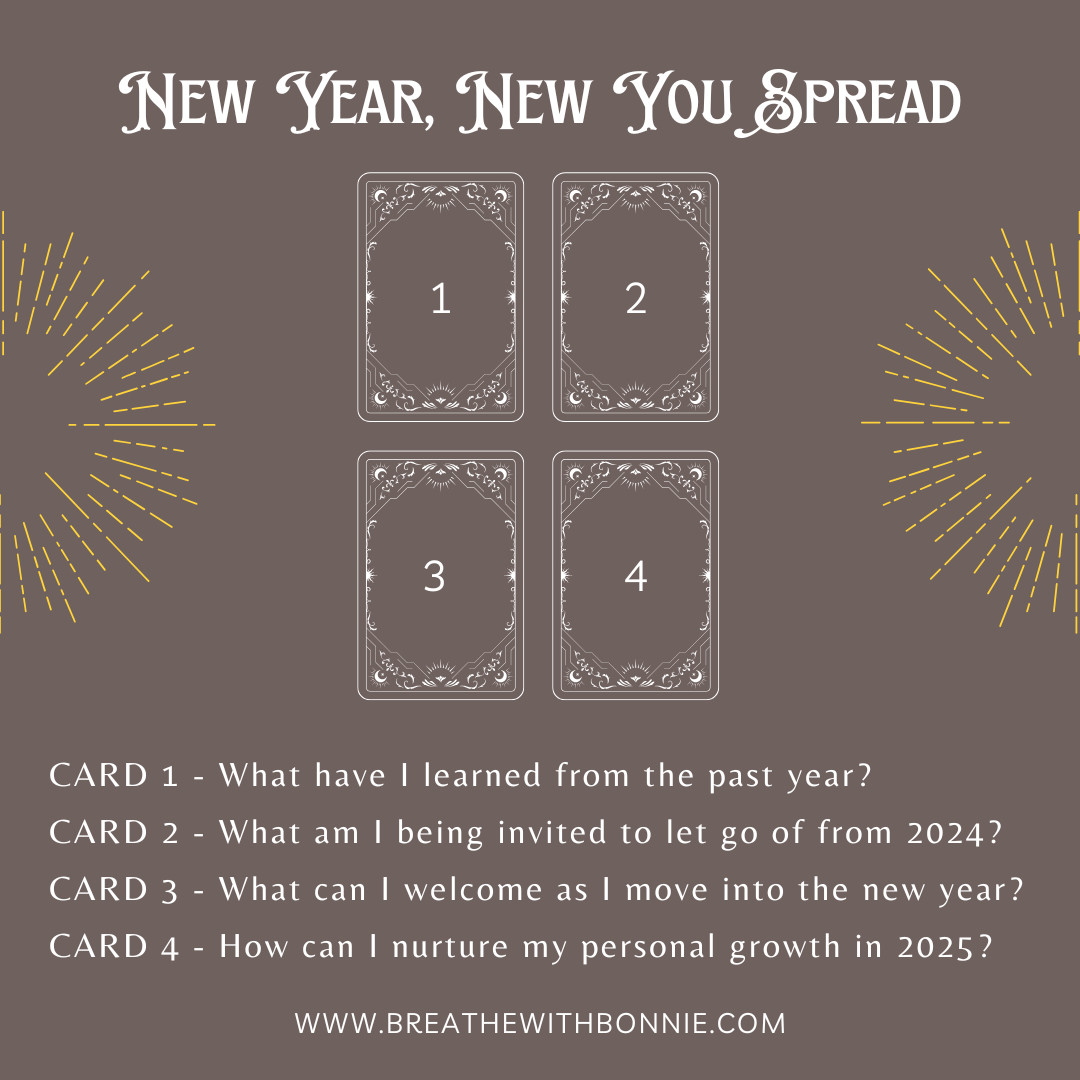


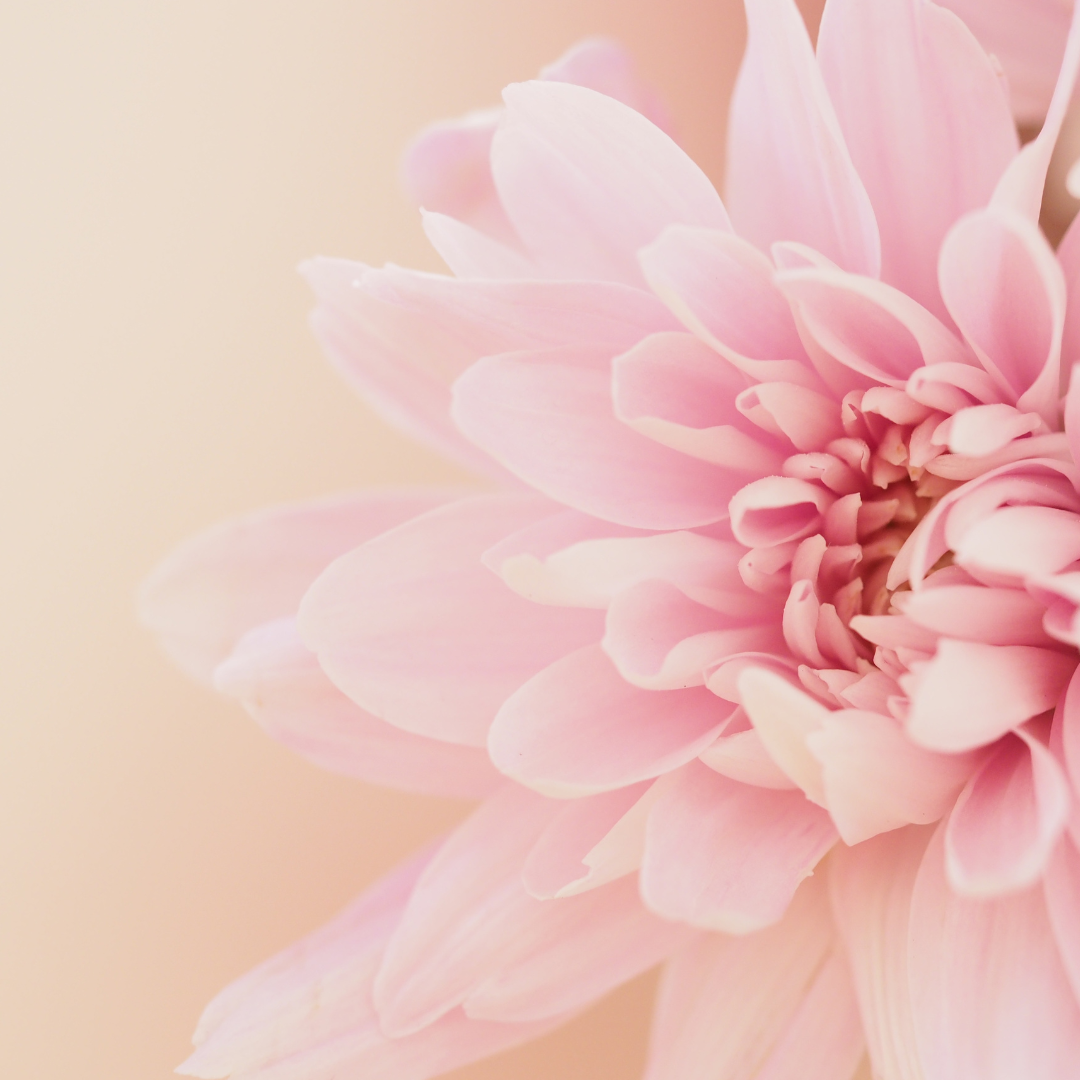
0 Comments